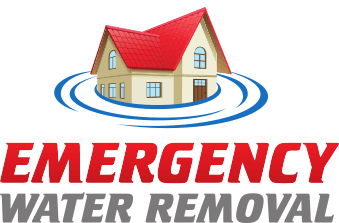
Water removal in suburban communities typically refers to the management and drainage of excess water, particularly during heavy rainfall or flooding events. Here are some common methods used for water removal in suburban areas:
Stormwater Drains: Suburban communities often have a network of stormwater drains or storm sewers designed to collect rainwater from streets, parking lots, and other paved surfaces. These drains channel the water into nearby bodies of water, such as rivers or retention ponds, preventing flooding on the streets and properties.
Retention and Detention Ponds: These are artificial basins designed to collect and hold excess stormwater temporarily. Retention ponds are built to permanently hold water, while detention ponds are designed to release the accumulated water gradually. These ponds help prevent flooding by providing a controlled release of water into natural waterways.
Bioswales and Rain Gardens: Bioswales and rain gardens are landscape features designed to collect and absorb stormwater runoff. They consist of shallow, vegetated depressions or swales that slow down and filter rainwater, allowing it to infiltrate the ground. These features help mitigate runoff, improve water quality, and replenish groundwater.
Permeable Pavement: Traditional impermeable surfaces like asphalt and concrete can exacerbate stormwater runoff. Permeable pavement, on the other hand, allows water to pass through, reducing the volume of runoff. It helps to promote groundwater recharge and alleviate flooding by enabling water to infiltrate into the soil.
Green Roofs: Green roofs are roof systems covered with vegetation, which can absorb rainwater and reduce runoff. They provide an additional surface for water absorption and evapotranspiration, reducing the burden on stormwater drains and contributing to temperature regulation.
Rainwater Harvesting: In some suburban areas, rainwater harvesting systems are used to collect and store rainwater for later use. These systems capture rainwater from rooftops and direct it to storage tanks or cisterns. The stored water can be utilized for irrigation, toilet flushing, or other non-potable purposes, reducing the demand on the municipal water supply.
Urban Planning and Design: Effective water removal in suburban communities often begins with thoughtful urban planning and design. Communities can implement strategies such as preserving natural drainage systems, avoiding construction in flood-prone areas, and using green infrastructure elements to manage stormwater.
It’s important to note that specific methods for water removal can vary depending on local regulations, climate, terrain, and available resources. Local authorities, urban planners, civil engineers, and environmental experts play crucial roles in assessing the needs of each suburban community and implementing appropriate water management strategies
